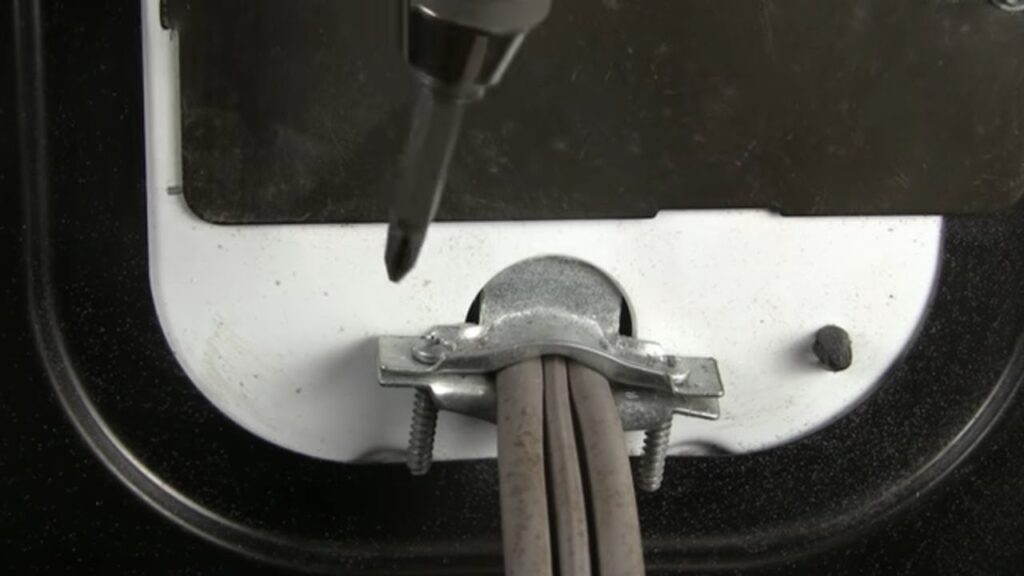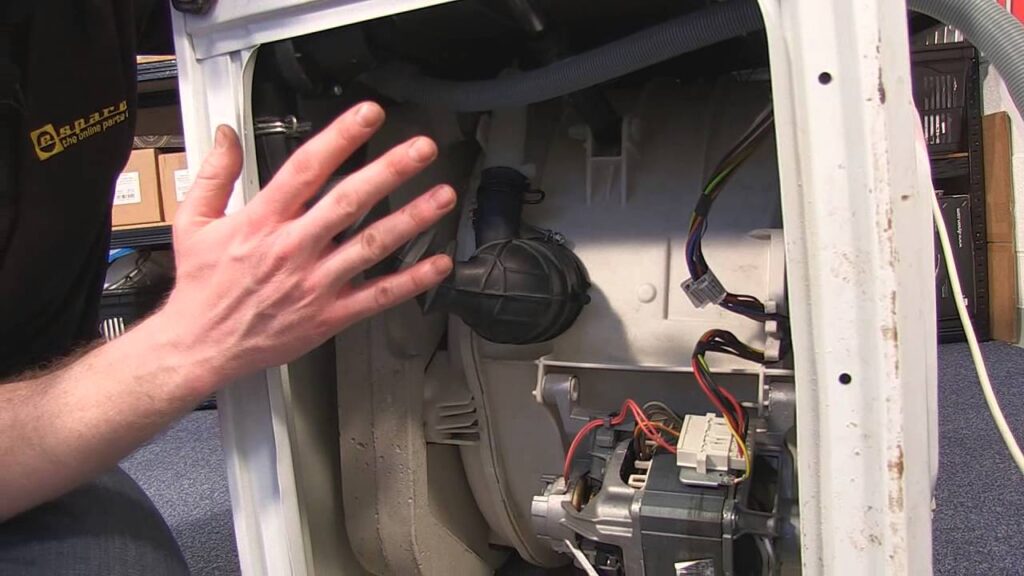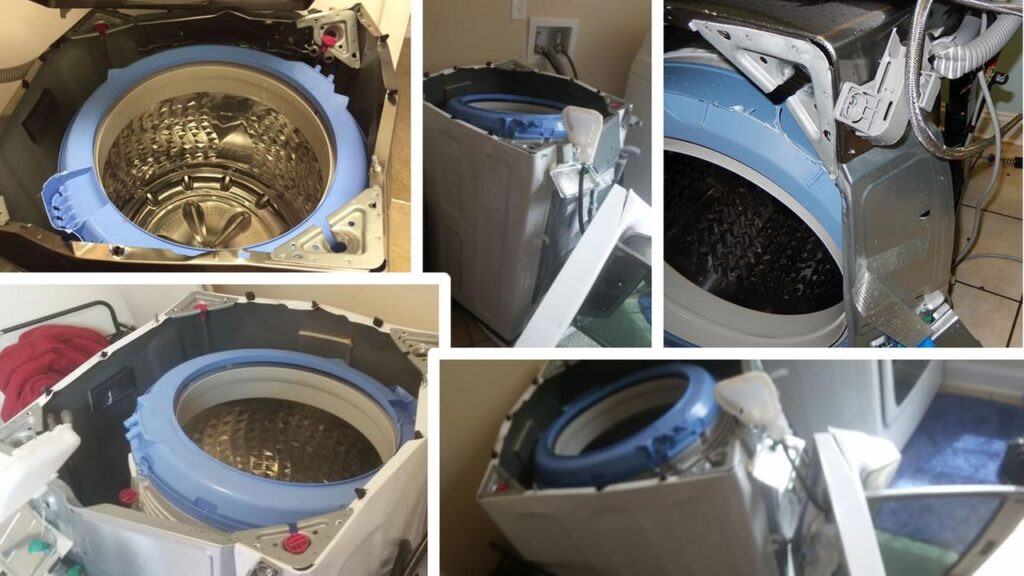Doing your laundry isn’t a job for just one person alone – there’s also the machines you’ll need to work with.
Modern machines like your dryer are actually rather complicated devices with many different key components. It’s important to understand each individual part and how they all work together to help you with the laundry.
The overall wiring system of your dryer is instrumental in powering it safely, and one of the main pieces is a component called the terminal block.
The terminal block may seem rather confusing at first glance. But it’s very crucial in the overall functioning of not only the internal wires but the dryer as a whole. Therefore, you should understand how it works and how to take care of it.
Why Does the Terminal Block Matter?

Photo credit to YouTube
The Thomas Network defines terminal blocks as simply connectors, specifically groups of screw terminals, that transmit charges between wires.
This allows electrical signals to be sent between different parts of a device and ensure all systems cooperate. The terminal blocks are also insulated to prevent overheating and protect users from being accidentally shocked when accessing the machine.
Furthermore, despite being surprisingly simple and cheap, the modular sections of terminal blocks can transmit charges for a wide variety of voltages and sizes.
Since the plethora of electronic devices these days come with a variety of charge requirements, the terminal block’s versatility allows it to effectively sync with many different devices. This makes it a useful part of dryers and other essential appliances.
Choosing the Best Terminal Block

Photo credit to YouTube
Terminal blocks come to a variety of forms that you can choose from.
First, as noted by Interpower, the individual modules of the terminal block come in different sets – five-wire blocks are for three-phase applications while six-wire blocks are for single or three-phase applications.
Next, the materials, each with its own pros. For instance, Melanine 150 is noted for its strong heat radiation endurance.
Also, keep in mind that terminal blocks are categorized as either DIN or NEMA blocks. The former are more compact and offer design flexibility, while the latter have easier wiring and are sometimes cheaper.
To choose the right block, Galco recommends considering multiple factors, including size restrictions, application requirements, where you need isolation partitions, and the desired current and voltage.
Replacing Terminal Blocks

Photo credit to Seattle Sub Zero Repair
Sometimes, as with all equipment over time, you may need to replace a terminal block.
Fortunately, the modular device is designed to make the switch simple and easy for users. Simply remove individual terminal blocks from the rail and add new ones accordingly. Assuming that everything is set up right, the other wire terminations in the network will remain unaffected – that’s why the initial set-up is so critical.
Still, you want everything to work right, so make sure that you are careful when making the installations. One tip that Galco advises among others is using marking tags on the wire terminations so you can easily identify them when making the replacements.
Also, please note that some terminal blocks, such as those made by Interpower, have screws that can only be accessed using a screwdriver.
Safety Concerns for Terminal Blocks

Photo credit to ABC11 Raleigh-Durham
Of course, given the terminal blocks’ role in linking the charges throughout your dryer, it’s important to avoid accidents through various safety precautions.
A lot of the safety measures come down to how you arrange the terminal blocks. You need to have isolation partitions in place at certain points to stop creepage from occurring between different sections.
Similarly, the unused sides must always be covered.
Overall, you should not have to worry much over the terminal blocks. Professional-grade models already feature plenty of safety features such as Interpower’s screw design and the use of copper bodies to stop corrosion.
Just take the time to stay alert for any damaged wires or other potentially faulty parts that can mess up the system of charges and work to find the best way to utilize your terminal blocks.
Find More Information on Terminal Blocks Online
Even with all of the information we’ve covered, this has only scratched the surface on the many aspects of terminal blocks.
There are lots of other things that can be considered, so feel free to continue studying up on terminal blocks so you know how to best apply them to your dryer and other machines.
Plus, even with comprehensive knowledge of blocks, you need to know how everything else works, too.
Fortunately, Dryernotheating.net has you covered on all the bases for your dryer’s mechanics, from terminal blocks to axles to more.
All the tips, repair hacks, and “how-to” guides you need to help you fix your dryer are readily available on our website, and we’re happy to help you in whatever way you want. Check out our site and explore even more ways to improve your knowledge of your dryer.
